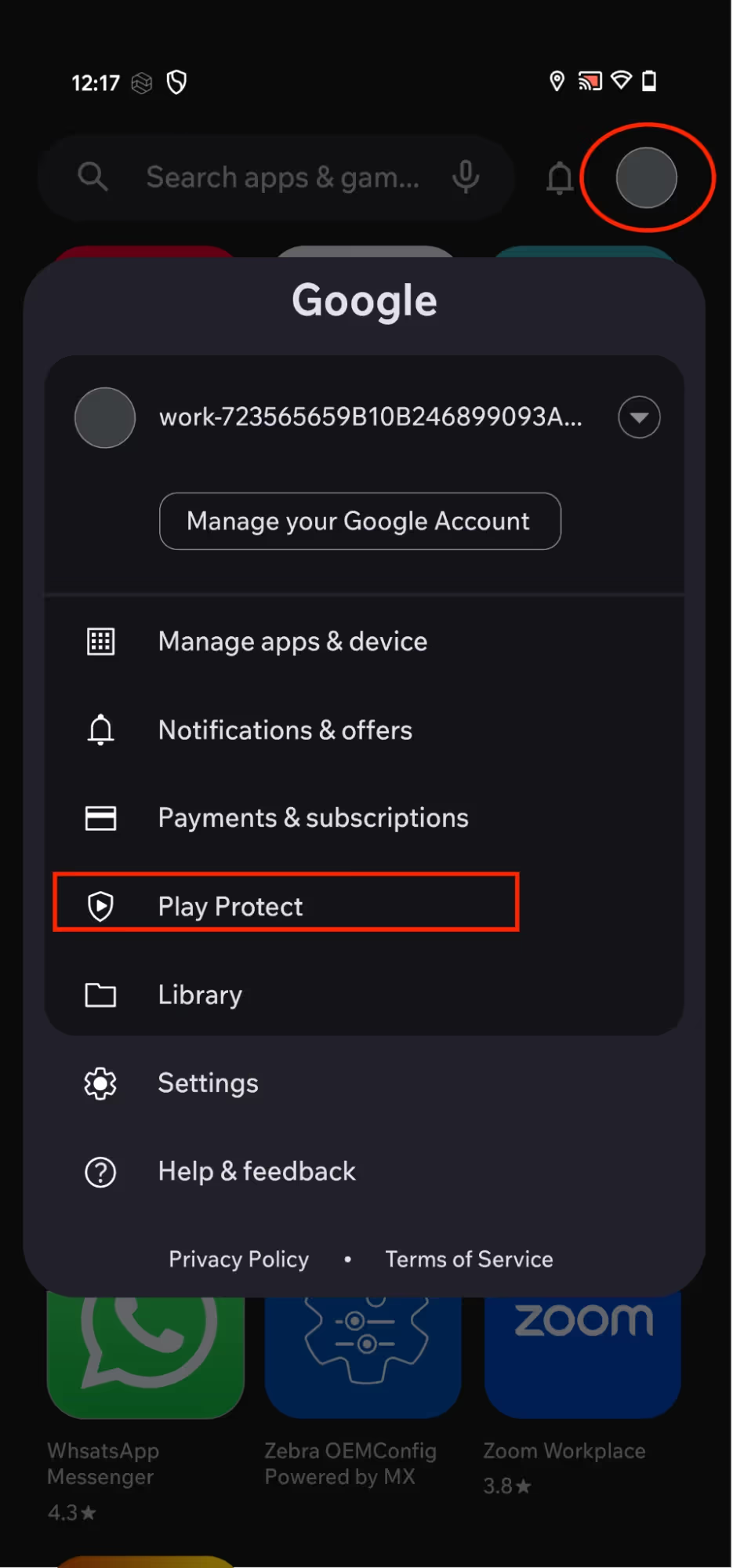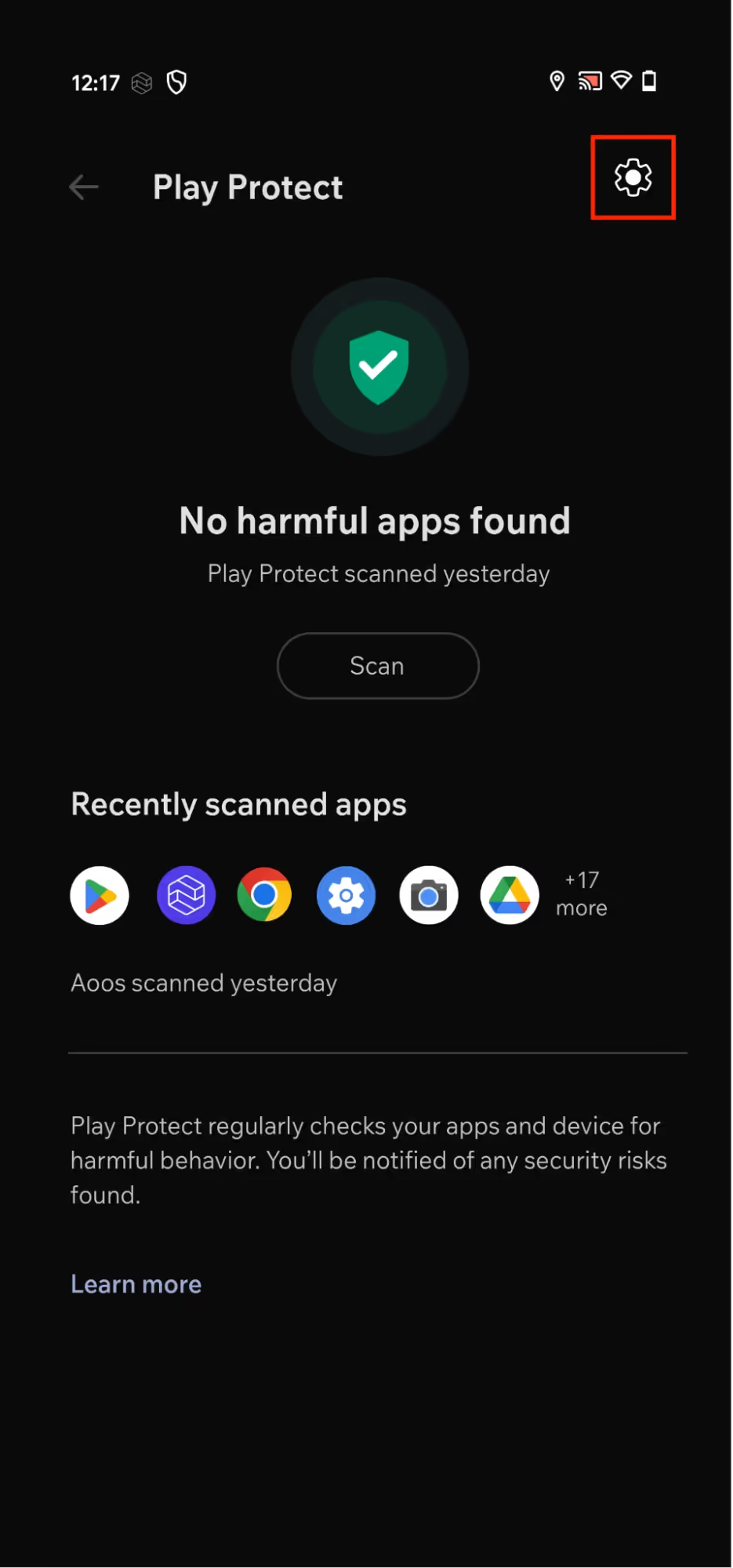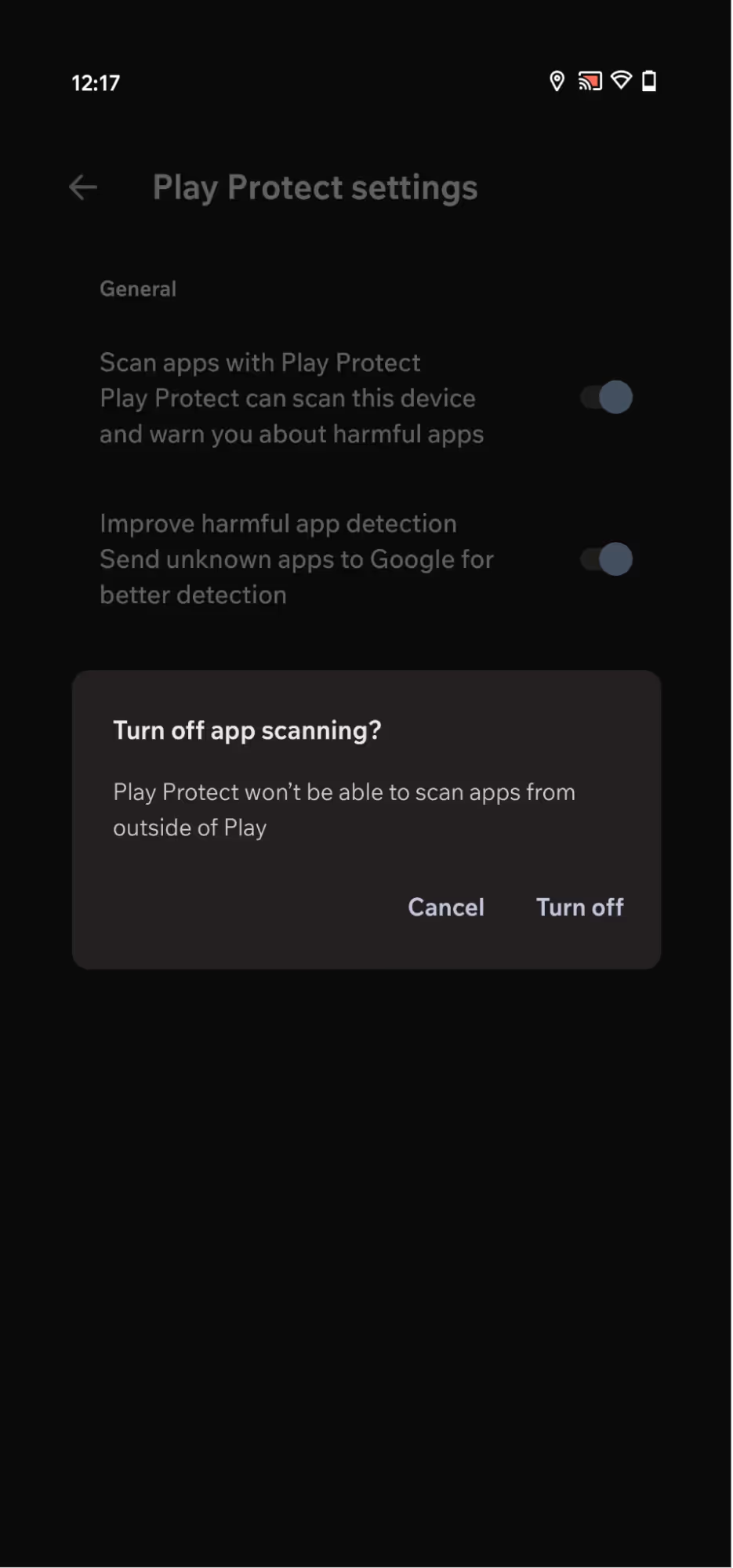Google Play Protect is an essential security feature for Android GMS devices, designed to safeguard your device and data. However, there may be instances where you need to temporarily disable it, such as testing new apps or installing from trusted unofficial sources. This guide will walk you through the steps on how to disable Google Play Protect, and why you might need to do so.
What is Google Play Protect?
Google Play Protect is a security feature built into the Google Play Store and Android devices to keep apps and data safe. Here are its main functions:
- App scanning: Play Protect continuously scans apps on your device for potentially harmful behavior. It checks both the apps you install from the Google Play Store and third-party sources.
- Security updates: It provides regular updates to ensure the latest security measures are in place.
- Safe browsing: Play Protect helps protect your device from potentially harmful websites when using Chrome.
- Find My Device: This feature allows you to locate, lock, or erase your Android device if it's lost or stolen.
- Google Play Protect Certification: This certification ensures that devices and apps that meet Google’s security and compatibility requirements adhere to high-security standards.
Play Protect is designed to offer a layer of protection against malware and other security threats, making it an essential feature for maintaining the security and integrity of Android devices. However, there are specific situations where you might need to disable Play Protect temporarily, such as when testing new applications or installing apps from trusted but unofficial sources.
Sometimes, our customers experience issues with Play Protect when they try to install apps. As Play Protect automatically blocks any unsigned or improperly signed APK installed by Esper through a blueprint, install command, API, etc. Trying to get a device onto Esper will also fail if an unsigned or improperly signed app is set to install "During Provisioning" (when the device is added to Esper) in the blueprint. The Esper console also helps out here, displaying an error message in the device’s event feed. This message typically looks like, "apk_package_name: Install Verification Failure." To install the application, users will need to disable Play Protect.
Why You Might Need to Disable Play Protect
Let's say you're a developer working on a new Android app. You just completed a build and want to test it on your personal device before releasing it to beta testers. However, because the app isn't from the Google Play Store and hasn't been thoroughly vetted yet, Google Play Protect flags it as potentially harmful and prevents installation.
So how do you resolve this?
Disabling Google Play Protect on the Device
By following these steps, you can temporarily disable Play Protect to install and test your app. However, always remember to turn it back on to ensure your device remains protected against harmful apps.
Open the Google Play Store app:
- Unlock your Android device and open the Google Play Store app from your home screen or app drawer.

Access Play Protect settings:
- Tap on your profile icon in the top right corner of the screen to open the menu.
- From the menu, select "Play Protect."

Open Play Protect settings:
- On the Play Protect screen, tap on the settings gear icon in the top right corner.

Turn off Play Protect:
- You will see a toggle switch next to "Scan apps with Play Protect."
- Toggle this switch off to disable the scanning feature.
- A confirmation dialog will appear. Tap "Turn off" to confirm your choice.

Install your app:
- With Play Protect disabled, go to your file manager or download location and find the APK file for your app.
- Tap on the APK file to begin the installation process.
- Re-enable Play Protect:
- After successfully testing your app, it's crucial to re-enable Play Protect to keep your device secure.
- Return to the Play Protect settings and toggle the switch to "Scan apps with Play Protect."
Disabling Play Protect Using ADB Shell
In addition to disabling Play Protect through the device settings, you can also use ADB shell commands for more direct control. This is particularly useful for developers or advanced users who need to automate or script the process.
ADB shell is a command-line tool provided by Android Debug Bridge (ADB) that allows you to interact with the device’s shell environment. It provides a direct interface to communicate with the device’s operating system, enabling you to execute various commands and perform actions such as file manipulation, process management, and more.
How to Set up ADB Shell
If you don’t have ADB shell set up, here’s a quick primer:
Set up ADB:
- Ensure you have ADB installed on your computer. It comes with the Android SDK, which you can download from the Android Developer website.
- Enable USB debugging on your Android device:some text
- Go to Settings > About phone.
- Tap the Build number seven times to enable Developer options.
- Go to Settings > Developer options and enable USB debugging.
Connect your device
- Connect your Android device to your computer using a USB cable.
- Open a terminal or command prompt on your computer.
- Type ‘adb devices’ to check if your device is connected. You should see your device listed.
Access the shell
- Type ‘adb shell’ and press Enter. This will open a shell interface to your device.
You will see a prompt, usually in the format of shell@<device>: / $, indicating you are now in the device’s shell environment.
How to disable Play Protect using ADB shell
To check the current status: adb shell settings get global package_verifier_user_consent
To enable Play Protect: adb shell settings put global package_verifier_user_consent 1
To disable Play Protect: adb shell settings put global package_verifier_user_consent -1
Exiting the Shell
To exit the adb shell, simply type ‘exit’ and press Enter. This will return you to your computer’s terminal or command prompt.
Using adb shell can greatly enhance your ability to manage and interact with your Android device, especially for development, testing, and debugging purposes.We also have a help center article on how to disable Play Protect when using Esper. If you have any questions, don’t hesitate to reach out to our support team.
FAQ
Keep Exploring

















